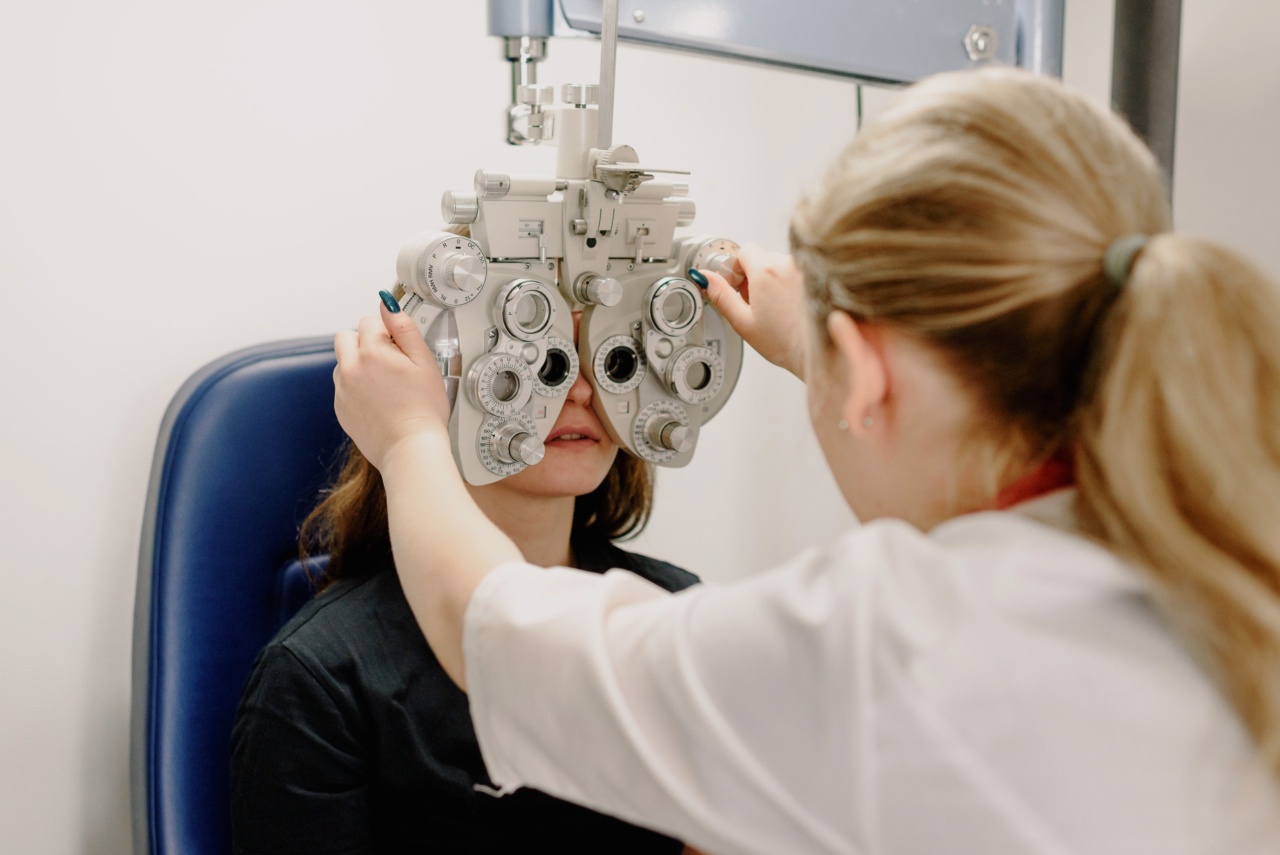Germs are everywhere, including the workplace. As employees interact with each other, with clients, and with shared surfaces and equipment, the spread of germs is almost inevitable.
However, steps can be taken to prevent the spread of germs in the workplace, reducing the risk of illness and increasing productivity.
Hand Hygiene
One of the most effective ways to prevent the spread of germs is through hand hygiene. Employees should be encouraged to wash their hands frequently, using soap and water for at least 20 seconds.
If soap and water are not available, hand sanitizer can be used instead. Additionally, employees should avoid touching their face and mouth as much as possible to reduce the risk of transferring germs from their hands to their body.
Disinfection
Shared surfaces and equipment in the workplace should be regularly disinfected to reduce the risk of germs spreading. This includes items like desks, phones, keyboards, and door handles.
Disinfectant solutions or wipes can be used to clean surfaces, and employees should be encouraged to wipe down their work areas before and after use as well, as an added precaution.
Sick Leave
Encouraging sick employees to stay home is another key strategy for preventing the spread of germs.
Employees who are feeling unwell should be encouraged to take a sick day rather than coming in to work and potentially spreading germs to their coworkers. Implementing policies around sick leave can help support this behavior, such as allowing for a certain number of sick days per year or providing incentives for staying home when feeling ill.
Personal Protective Equipment
In some workplaces, personal protective equipment (PPE) may be necessary to prevent the spread of germs. This could include items like gloves, face masks, or gowns.
Employers should ensure that PPE is used correctly and that employees are properly trained in its use. Additionally, employers should provide PPE that is appropriate for the specific hazards present in the workplace.
Social Distancing
In some situations, social distancing may be necessary to prevent the spread of germs.
This could include reducing the number of employees in the workplace, adjusting schedules so that employees are working at different times or in different locations, or implementing barriers between workstations. Employers should consider the unique needs of their workplace and employees when determining whether social distancing measures are necessary.
Education and Communication
Education and communication are essential for preventing the spread of germs in the workplace. Employers should educate employees on proper hand hygiene, disinfection procedures, and other strategies for preventing the spread of germs.
Additionally, employers should communicate any policies or changes related to preventing the spread of germs clearly to employees. Regular communication can help ensure that everyone is on the same page and following best practices.
Monitoring and Adjustment
Finally, it is important for employers to monitor the effectiveness of their strategies for preventing the spread of germs and make adjustments as necessary.
This could involve regularly checking in with employees to see how they are feeling, conducting surveys to gauge employee satisfaction and perceptions of safety, or reviewing data on illness rates in the workplace. This information can help employers make informed decisions about how to best prevent the spread of germs in their particular workplace.
Conclusion
The spread of germs in the workplace can be a significant risk to employee health and productivity.
However, by implementing strategies like hand hygiene, disinfection, sick leave policies, PPE, social distancing, education and communication, and monitoring and adjustment, employers can help prevent the spread of germs and keep their employees healthy and safe.






























